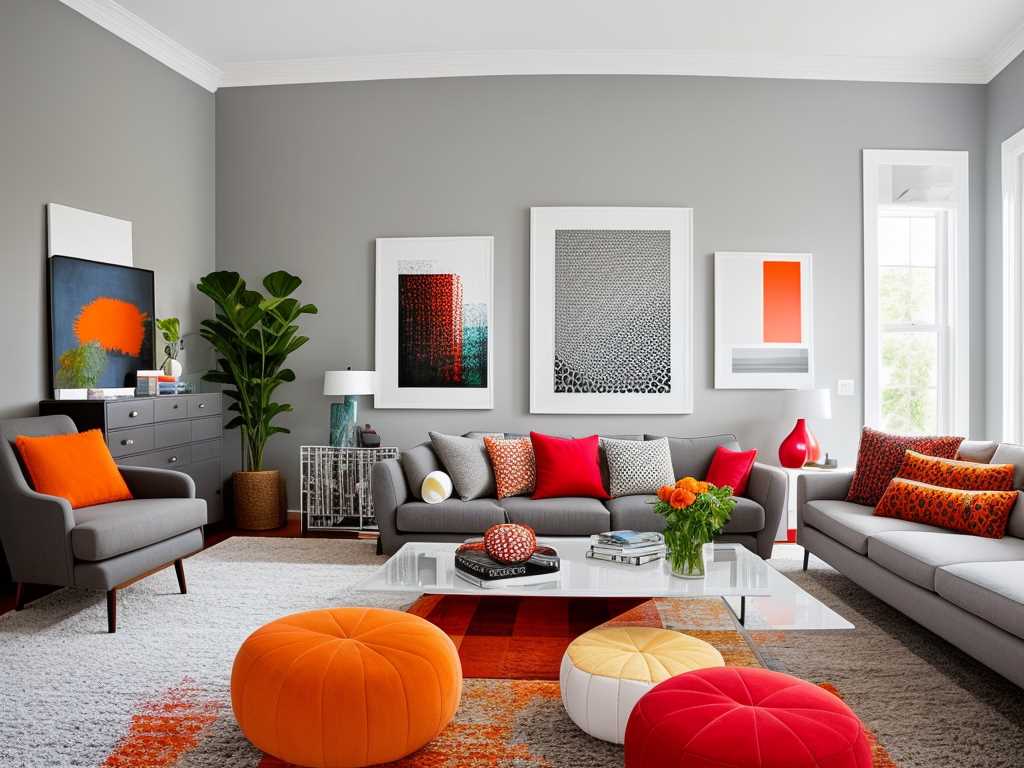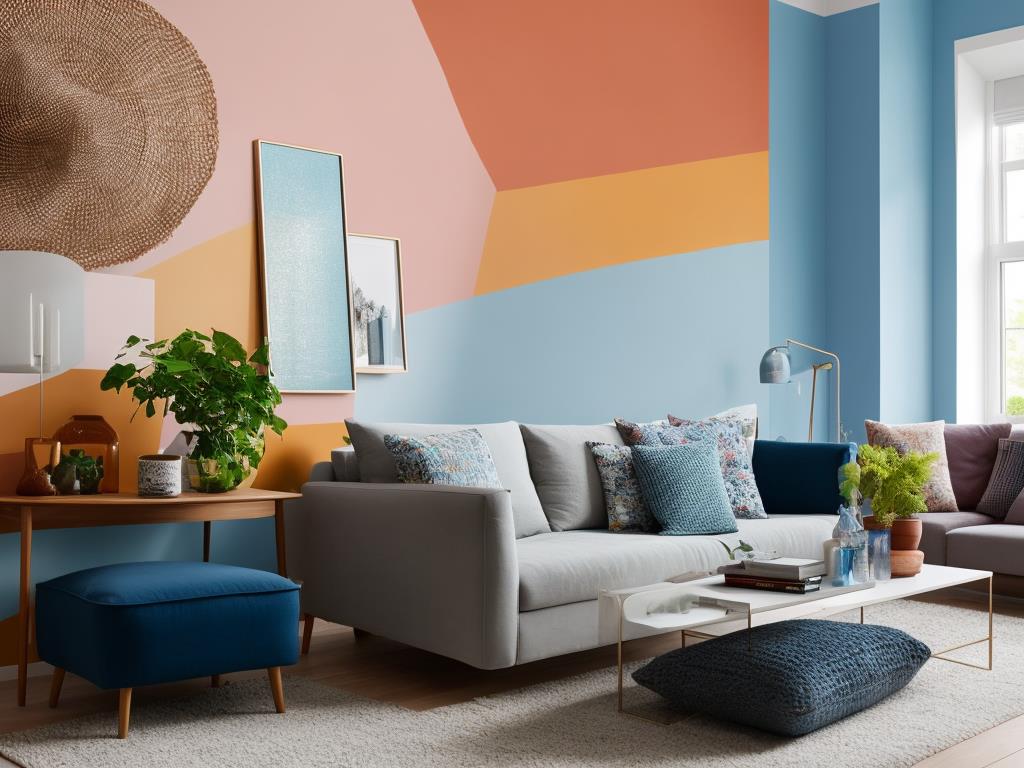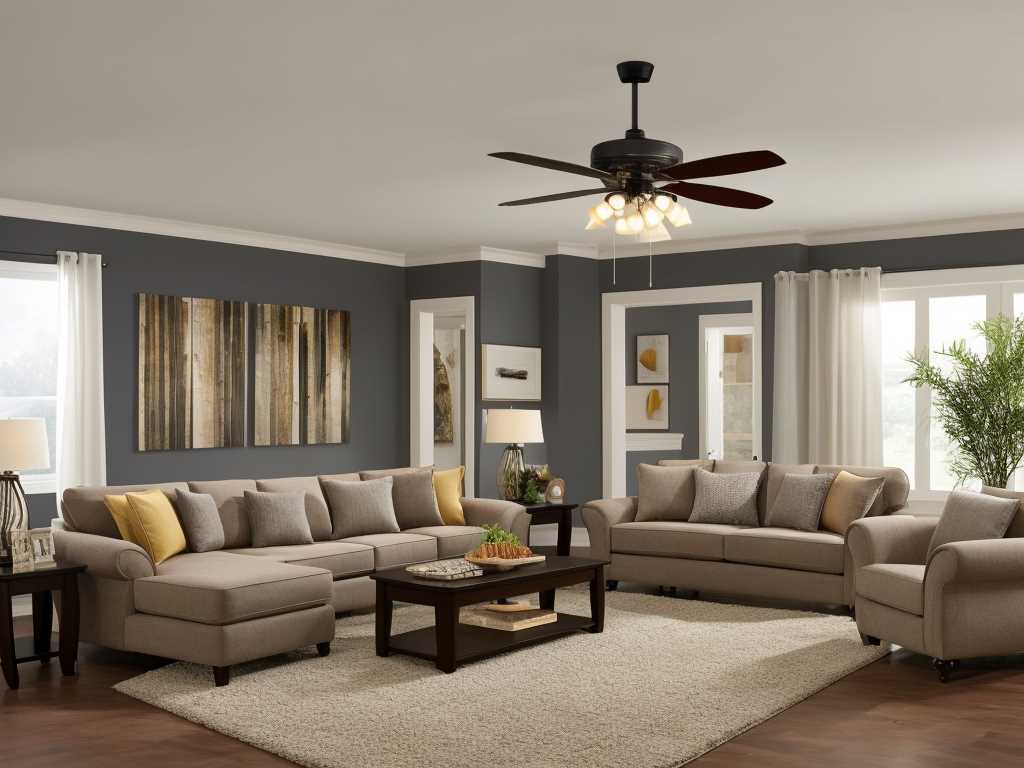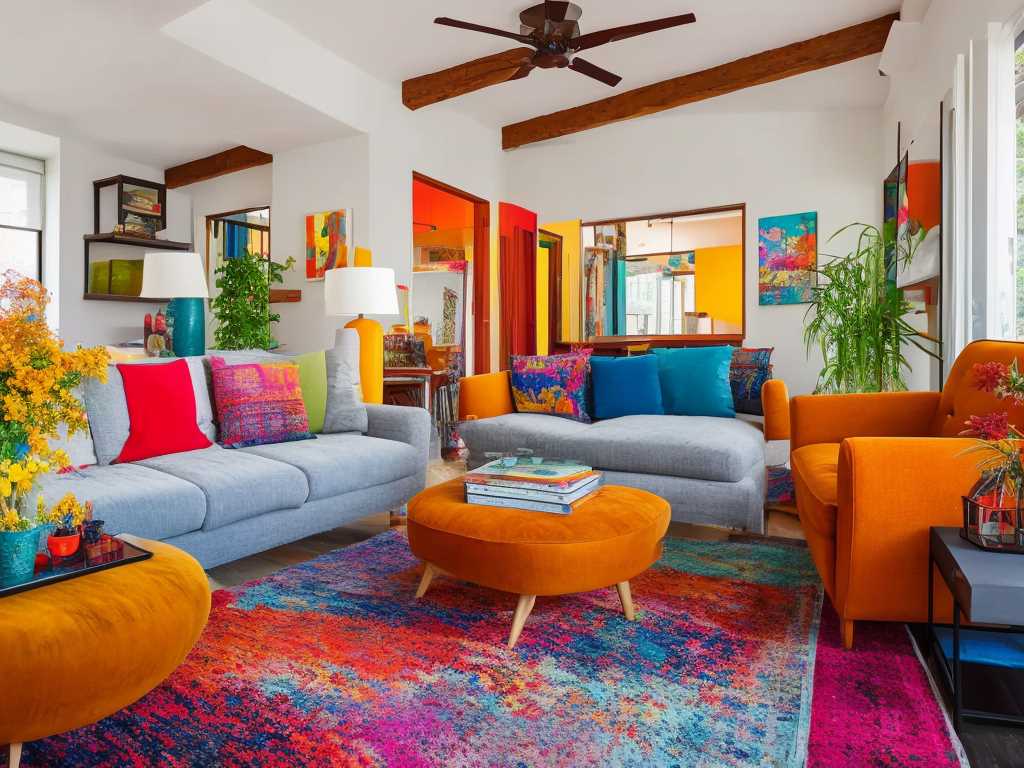
The living room is often considered the heart of the home, as it is the central gathering place for family and friends. It's the place where we relax, entertain, and spend most of our time. But just how big is the average living room?
The answer is not as straightforward as one might think. The size of a living room can vary greatly depending on several factors, such as the size of the home, the number of occupants, and the intended use of the space.
In general, the average size of a living room in the United States is around 330 square feet. However, this number can range from as small as 200 square feet to as large as 500 square feet.

One of the primary factors that determine the size of a living room is the size of the home. In smaller homes, the living room tends to be smaller as well, while larger homes may have larger living rooms. This is because the living room needs to be proportional to the size of the house.
Another factor that affects the size of a living room is the number of occupants. A family of four may require a larger living room than a single person or a couple. This is because a larger family will need more space to accommodate everyone comfortably.
The intended use of the living room is also a factor that can affect its size. If the living room is intended for entertaining guests, it may need to be larger to accommodate more people. On the other hand, if the living room is primarily used for relaxing and watching TV, it may not need to be as large.

In addition to these factors, there are also design considerations that can affect the size of a living room. For example, an open-concept design may make a living room seem larger than it actually is, while a closed-off design may make it feel smaller.
Regardless of its size, a well-designed living room can be a comfortable and inviting space that serves as the hub of the home. There are several elements that can help make a living room feel more spacious and welcoming.
One of the most important elements of a living room is lighting. Good lighting can make a room feel more open and airy, while poor lighting can make it feel cramped and claustrophobic. Natural light is always the best option, so if possible, choose a living room with plenty of windows. If natural light is not an option, consider adding artificial light sources such as lamps and overhead lighting.
Another important element of a living room is furniture. Choosing the right furniture can make a big difference in how spacious a room feels. Avoid cluttering the room with too much furniture, and opt for pieces that are appropriately sized for the space. This will help to create a more open and inviting atmosphere.
Color is another important consideration when designing a living room. Lighter colors tend to make a room feel more open and spacious, while darker colors can make it feel smaller and more closed off. Consider using light colors on the walls, floors, and furniture to create a bright and airy feel.
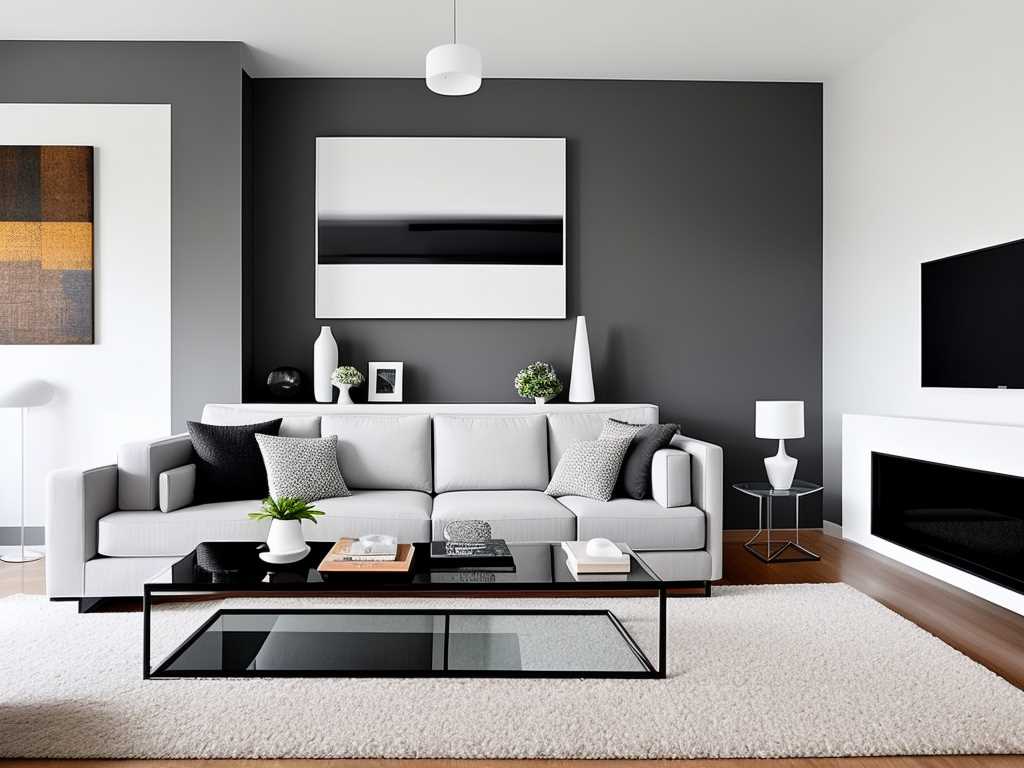
Consider the layout of the room. A well-planned layout can make a small living room feel much larger. Consider arranging the furniture in a way that maximizes the available space and allows for easy flow and movement throughout the room.
The size of the average living room can vary greatly depending on several factors, including the size of the home, the number of occupants, and the intended use of the space. However, regardless of its size, a well-designed living room can be a comfortable and inviting space that serves as the hub of the home. By paying attention to elements such as lighting, furniture, color, and layout, you can create a living room that feels spacious and welcoming, no matter its size.
